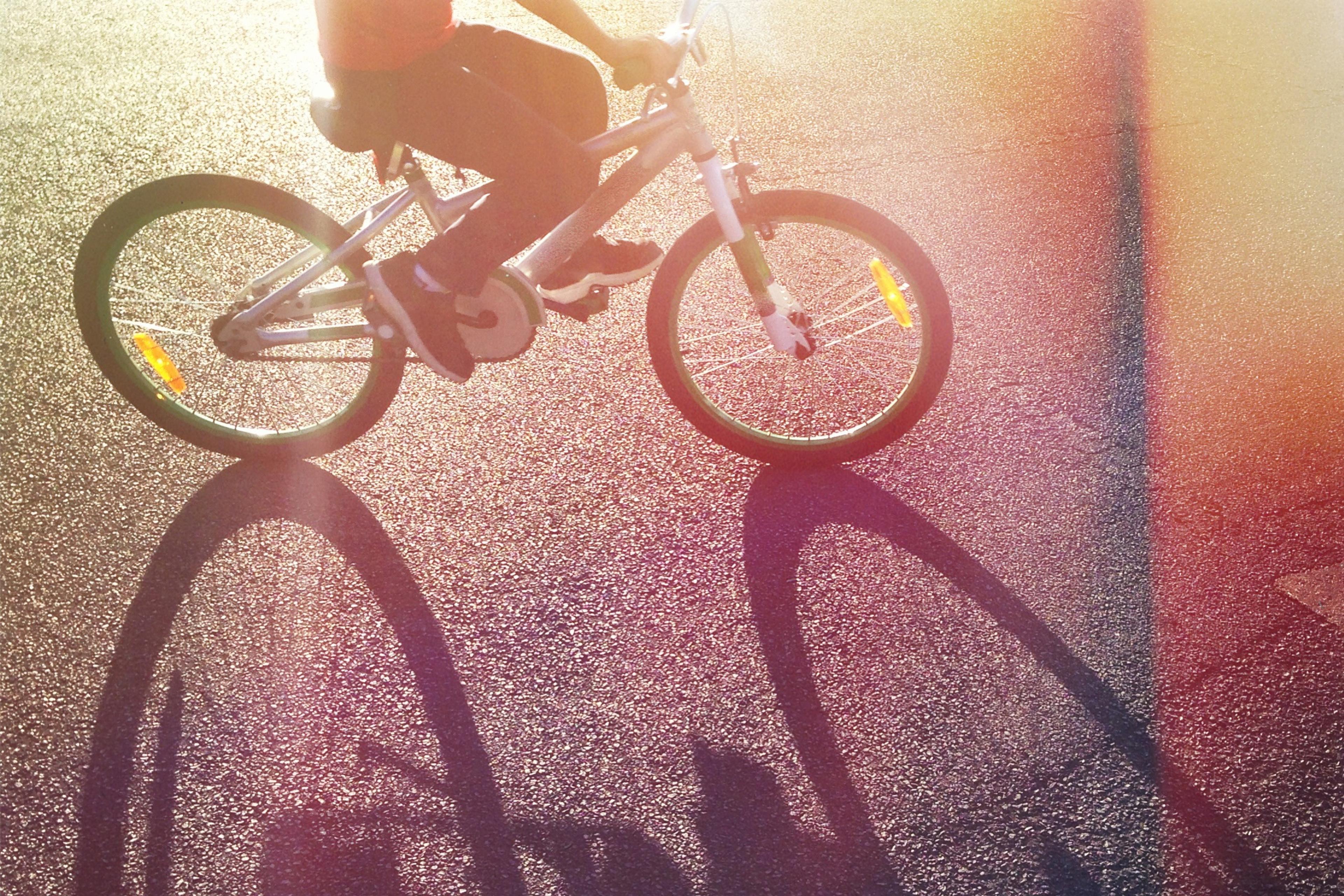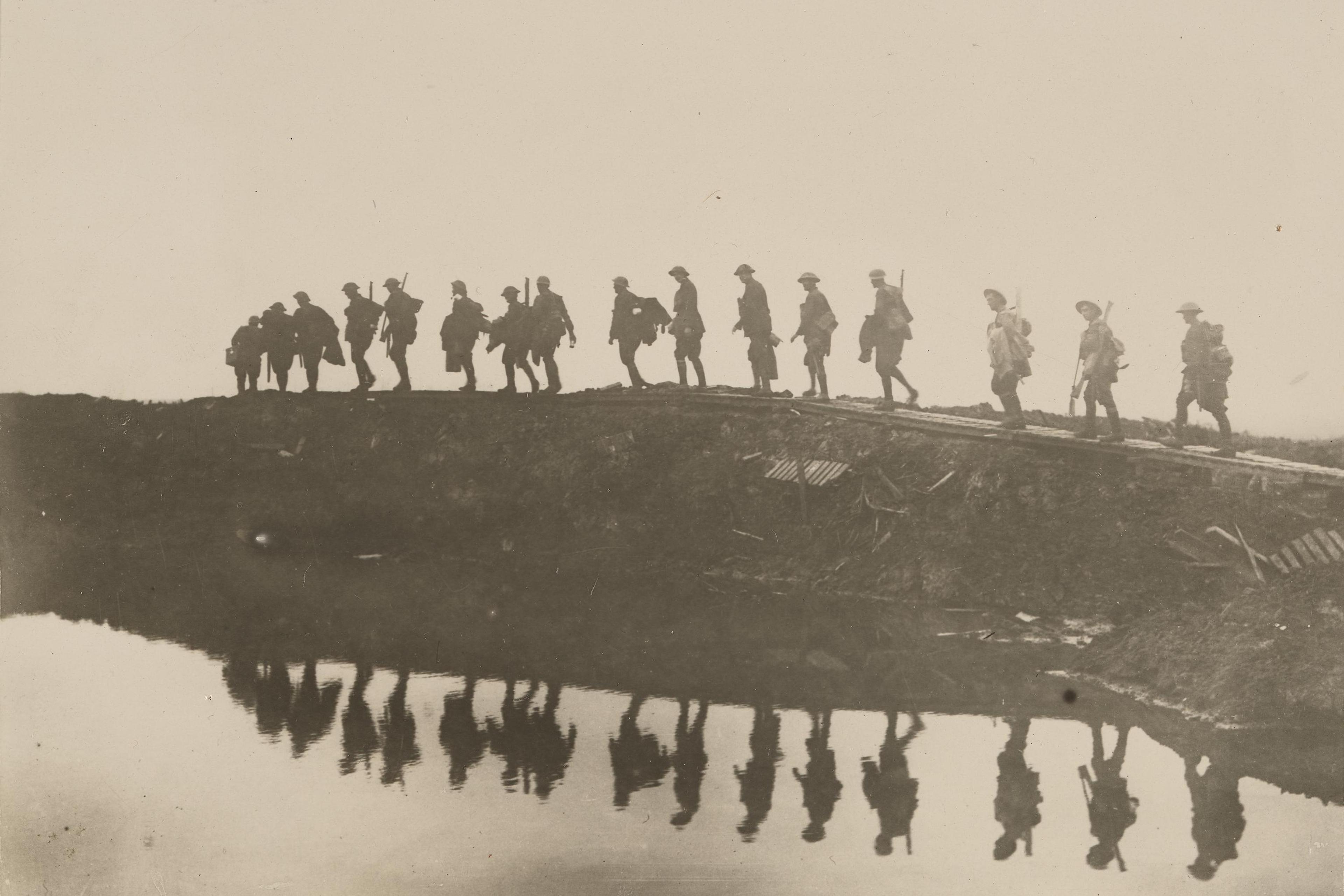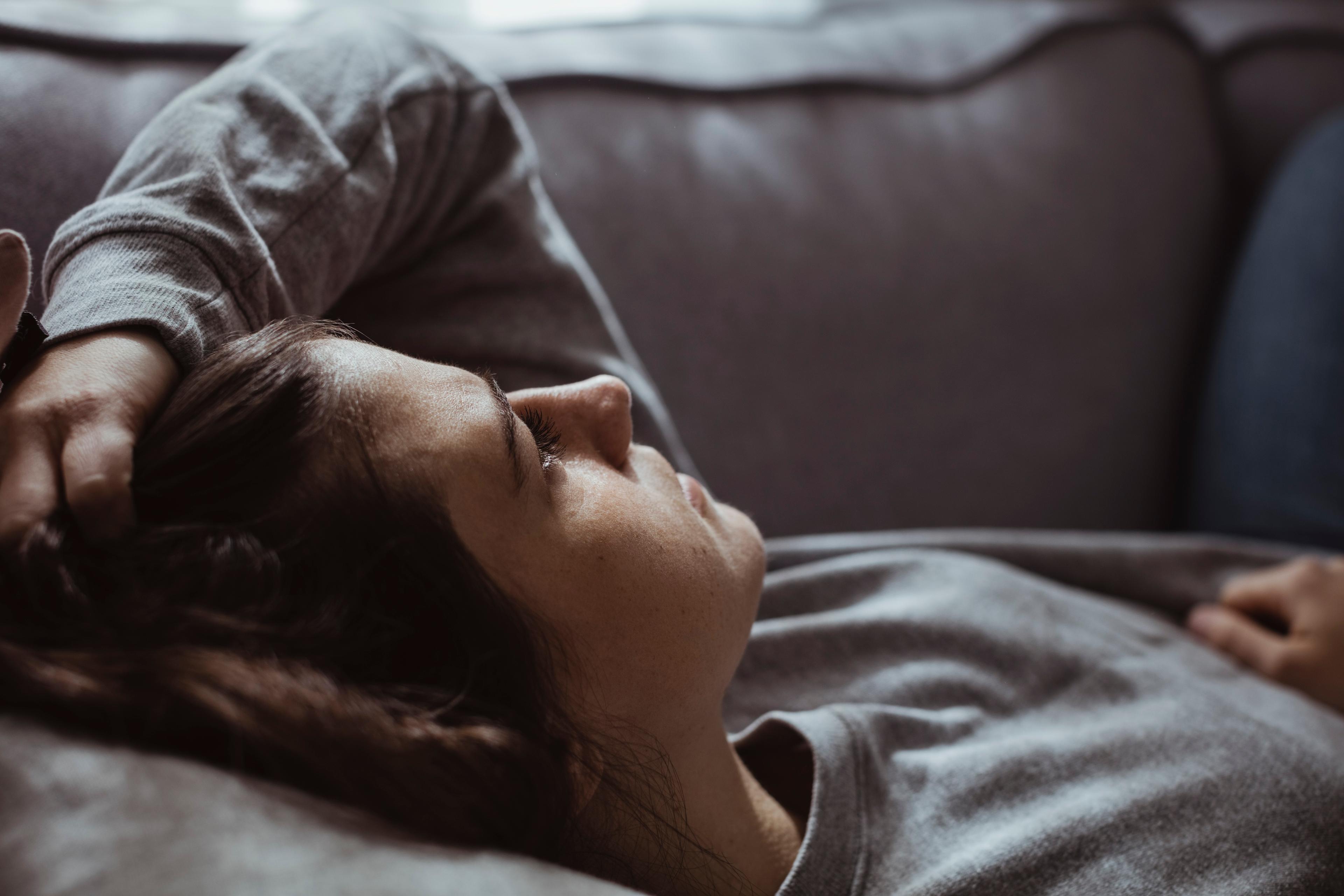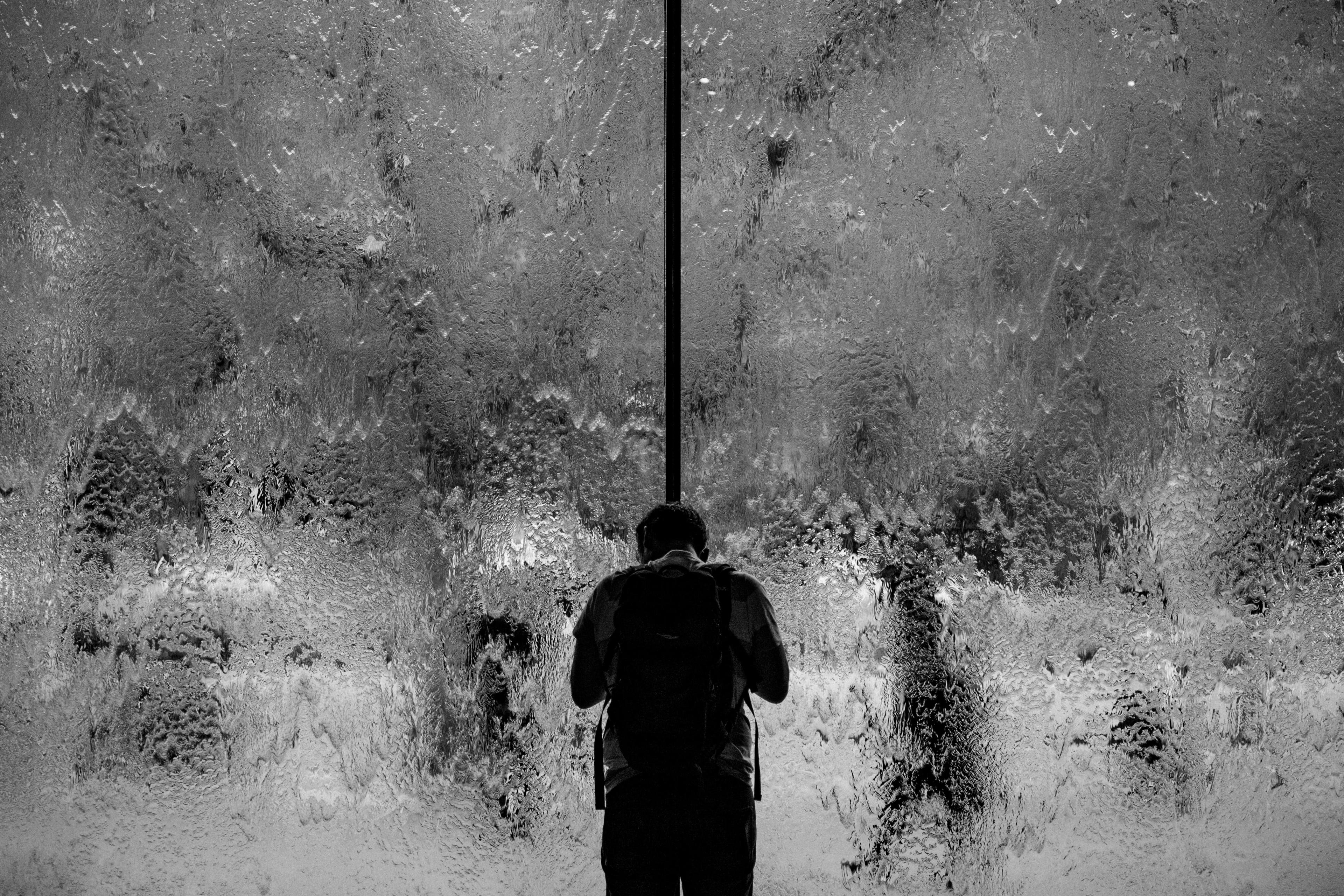Throughout our long history, people have always experienced panic, probably even panic attacks. Today, we have sophisticated medications – especially benzodiazepines – that people can use to help them with this panic. Benzodiazepines act fast, and can induce a calming or even euphoric high, which increases the risk of both psychological and physical dependence. But while benzodiazepines are relatively new, panic is very old. So what did humans in other times, civilisations and settings do when they panicked?
Some people who experienced panic attacks got burned as witches or accused of being possessed by demons or evil spirits. But it’s also true that the beginnings of a more clinical understanding of panic weren’t as far off as you might think. Greek physicians, such as Hippocrates in the 5th century BCE, described symptoms resembling modern panic attacks – such as heart palpitations, dizziness, and fainting – but classified them under a broader condition known as ‘hysteria’.
Later, in The Canon of Medicine (1025) – yes, 1025 – Avicenna (Ibn Sina), described forms of sudden fear and anxiety as part of neuropsychological disorders. Though his explanations still blended physical and spiritual reasoning, his work laid the foundation for a more nuanced understanding of mental health. He wrote: ‘The movements of the soul begin in the heart and manifest in the body,’ suggesting a deep interconnection between mind and physiology. Ibn Sina also discussed what we would now call psychosomatic illness, noting that ‘strong emotions may alter the pulse and colour of the face.’ His holistic view – that emotional and spiritual states directly influence physical health – anticipated principles of modern psychosomatic medicine by nearly a millennium.
Ibn Sina is just one of many figures from the past who have gained or contributed real insight into treating mental illness, long before modern medicine. Take trepanation, for example – the act of drilling, scraping or cutting a hole into the human skull, while the person is still alive. While this practice wasn’t effective in treating panic attacks or other mental disorders, it may have been successful in nearly half of the cases when applied to physical conditions such as intracranial pressure. We still use a modernised version of trepanation today, known as a craniectomy, to relieve pressure inside the skull – just with better tools and sterile environments.
When it comes to panic attacks, though, force has never really been the answer. Across many cultures, the most effective approach has been to help the mind – or, as Islamic psychology often refers to it, the heart – relax. And for most people, that meant simply cheering up.
Many peoples and societies have understood that ‘cheering up’ is intimately tied to the senses – especially the ears and eyes. Listening to something soothing often brings comfort. Seeing calming or familiar patterns can promote relaxation. In some cases, an intense or activating sensory pattern might be used to snap someone out of their panicked state.
The ritual provides a structured space for emotional release, and reframes suffering as meaningful rather than shameful
For example, for many centuries, across the Horn of Africa and in parts of the Middle East such as Egypt and Yemen, the Zār ritual has been a communal healing ceremony practised primarily by women. It addresses symptoms that closely resemble modern diagnoses of panic and anxiety disorders: shortness of breath, chest tightness, trembling, and dissociative episodes. But, instead of labelling these experiences as purely psychological, the Zār tradition interprets them as signs of possession by a restless spirit.
The afflicted person, usually a woman – often someone burdened by emotional or social constraints – becomes the focus of an intense, rhythmic ceremony involving drumming, incense, dancing and chanting. She may enter a trance, during which she might shake, weep or speak in a different voice – seen as the spirit expressing itself. Yet, beneath the surface, the ritual serves a powerful psychological purpose: it provides a structured space for emotional release, community validation, and a reframing of suffering as meaningful rather than shameful.
And away from Africa, among the Evenki people of Siberia, shamans have also long used drumming, chanting and trance to address what psychiatry might call panic, dissociation or trauma. A person experiencing intense fear, recurring visions or emotional paralysis wouldn’t be labelled as mentally ill, but rather as someone being ‘called by the spirits’. In a sacred ritual, the shaman uses a large, oval drum – or the ‘spirit horse’ – to enter a trance, sometimes bringing the distressed person into it as well. Within this state, the individual can personify their fear and begin to reintegrate the experience through story, rhythm and movement. Far from isolating the person, the community embraces the event as meaningful.
In ancient Egypt too, healing was never merely physical – it was ritual, musical and symbolic. Even when symptoms appeared purely physical, Egyptian physicians often spoke of ‘heart sadness’ as a possible cause of cardiovascular distress, describing conditions where ‘the vessels of the heart close up within.’ One of the earliest known medical texts, the Ebers Papyrus (c1550 BCE), mentions treatments for ‘the trembling of the heart’, likely referring to anxiety-like episodes. Healing took place in sacred sites, where repetition, rhythm and fragrance worked together to restore harmony between the body and the ka, the vital spirit.
What if we re-centred rhythm, sensory input and non-addictive methods of calming the mind?
Do you see a pattern? Exactly – it’s the pattern itself. All those older methods of treatment relied heavily on rhythm, sound, visual stimulation and community support. These elements weren’t just cultural flourishes – they were essential parts of the healing process. And yet, in many of our modern treatments, they’re largely absent.
Today, some studies of benzodiazepines estimate dependence in 15 per cent to 44 per cent of long-term users, depending on dosage, duration and individual history, after just three to six weeks of daily use. Withdrawal can be brutal – bringing rebound anxiety, panic attacks, tremors and, in rare cases, seizures. Some studies even suggest a troubling connection between long-term benzodiazepine use and later misuse of opioids or alcohol, particularly in vulnerable populations.
All of this raises a critical question: what if we went back – not in time, but in principle? What if we re-centred rhythm, sensory input and non-addictive methods of calming the mind?
In 2024, I worked on a brain research project with Mayar Ashraf that explores the use of sleep-wave simulation as a treatment for panic attacks. Sleep waves are patterns of electrical activity in the brain that occur during various stages of sleep. We can measure them using electroencephalography (EEG). These waves reflect different levels of brain activity – some deep and slow, others light and fast. We looked at whether brainwave entrainment – via external auditory and visual patterns mimicking sleep frequencies – could coax the brain into calmer states. Though still under investigation, this approach resembles a modernised form of what our African ancestors once achieved with drums, chanting and trance. But, this time, it’s not about spirits – it’s about neurons. Still, the wisdom has some similarities.
A growing number of clinical psychologists today are using group-based rhythmic breathing sessions, sometimes combined with drumming or humming, to help patients with panic and anxiety disorders. One such method, inspired by Indigenous healing ceremonies, is holotropic breathwork, a structured, fast-paced breathing technique developed in the United States in the 1970s by the psychiatrist Stanislav Grof. Holotropic breathwork draws on shamanic and spiritual traditions found among Indigenous peoples of the Amazon Basin, Native North American tribes and Central Asian steppe cultures, where rhythmic drumming, breath control and chanting were used to reach altered states of consciousness for healing and emotional release. Participants lie on mats in a calm, darkened space, breathe rhythmically to steady drumming or music, and are encouraged to express whatever arises – crying, shaking and vocal release are all allowed. Facilitators provide guidance throughout the ritual.
Holotropic breathwork remains controversial in mainstream psychiatry, but a return to sensory and communal modes of healing isn’t regression – it’s reintegration. Science can learn from human history without abandoning clinical rigour, and recognise that ancient practices often held empirical truths, as well as misinterpretations. What Hippocrates observed as hysteria, and what shamans believed was a spiritual crisis, may very well map on to what we now understand as nervous system dysregulation. Rhythm, movement and sound work not because of magic, but because they engage the vagus nerve, stimulate neuroplasticity, and restore balance to an overwhelmed brain.
So, imagine yourself back in that ancient setting – but now with EEG caps and signal processors alongside incense and drums. The future of treating panic might lie not in the time fight between the past and the present, but in understanding how both can satisfy the same human need: to feel safe, seen and soothed. In that sense, history isn’t just a backdrop to research on panic – it’s a map. And we’re finally learning to read it.








